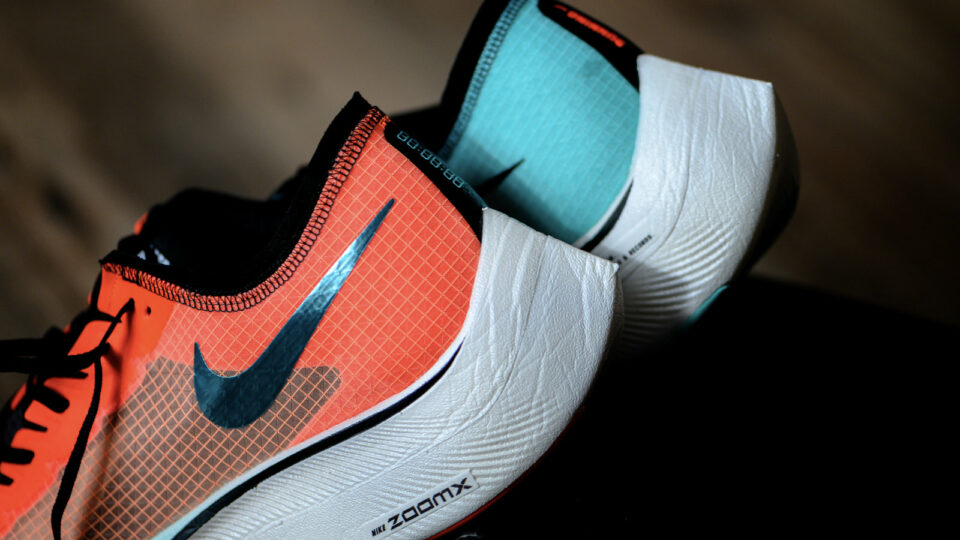In a recent escalation of patent disputes within the footwear industry, Nike has taken significant legal action against New Balance and Skechers. Central to this conflict is Nike’s ‘Flyknit’ technology, which the company alleges has been infringed upon.
Flyknit represents a leap forward in sneaker design, utilising a unique method of weaving high-strength fibers to create uppers that are both supportive and exceptionally light.
In this Article
Nike’s Legal Demands: Seeking Compensation and an Injunction
Nike’s legal strategy is twofold: they are seeking damages in an unspecified sum for what they claim is infringement of their patented technology, and they are also requesting a court-ordered permanent injunction.
This injunction would prohibit New Balance and Skechers from using the technology that Nike claims is proprietary, potentially affecting their competitors’ production and development processes.
Understanding Nike’s Flyknit Technology
Nike’s Flyknit technology stands as a testament to sustainable innovation within the footwear industry. Since integrating recycled polyester into their Flyknit shoes, an impressive environmental impact has been recorded.
New York University noted that 182 million plastic bottles have been kept out of landfills thanks to this initiative, showcasing Nike’s commitment to environmental responsibility.
The technology’s inception is a tale of dedication and precision. After a decade of research and over 200 prototypes, Nike perfected its patented method of using a single continuous thread for constructing a shoe.
This breakthrough eliminated the need for stitching together multiple pieces of fabric, traditionally bound by glue. The result was a dramatic reduction in manufacturing waste—by about 80%, equating to some 3.5 million pounds of material saved, as detailed by the NYU’s Center for Sustainable Business.
Their 2016 case study hailed Flyknit not only as a “fundamental breakthrough in sustainable innovation” but also as a solution that met the dual challenges of creating a comfortable, high-performance sneaker while significantly cutting down waste.
This technology has solidified Nike’s position at the forefront of merging top-tier performance with conscientious manufacturing practices, redefining the blueprint for sneaker production.
The Controversy: Allegations and Responses
In the legal filings, Nike points to specific product lines from New Balance and Skechers that they believe infringe upon Nike’s patents.
According to the allegations, New Balance’s Fresh Foam and FuelCell lines, and Skechers’ Ultra Flex and Glide Step collections, may incorporate elements that are too closely aligned with Nike’s Flyknit technology.
New Balance has issued public statements regarding the lawsuit, asserting that they “fully respect competitors’ intellectual property rights, but believe that Nike does not own the exclusive right to design and produce footwear by traditional manufacturing methods that have been used in the industry for decades.”
Implications for the Sneaker Industry
The lawsuits, currently proceeding in multiple U.S. federal courts, reach beyond the immediate concerns of financial restitution and injunctions. They may indeed set new precedents for the management of innovation and competitive design within the sneaker industry.
Nike is no stranger to the legal arena when it comes to defending its Flyknit patents, having previously sued Adidas and Puma. The settlements reached in those cases suggest that Nike’s patent claims hold significant weight.
Yet, the legal saga continues, with Nike’s ongoing battle against Lululemon, which started in January this year, highlighting the intricate nature of patent disputes.
As the case against Lululemon progresses, and as Nike confronts New Balance and Skechers, the outcomes of these disputes are poised to send ripples across the industry.
They will likely set benchmarks for protecting innovation and delineate how companies can navigate the fine line between inspiration and infringement.





